The sculpture "Klagende Mutter", or "Lamenting Mother", by the Monheim sculptor and master stonemason Heinz Püster (1908–1983), was unveiled on the national day of mourning in 1954. In front of the group of figures, there is a stone tablet with the inscription "For our dead | 1914–1918 | 1939–1945". A document was inserted into the base of the monument, which reads:
"[...] nine and a half years after the end of the Second World War, the community of Monheim dedicates this memorial to the memory of those who have fallen in all wars and of those who gave their lives for their convictions. This memorial was created from a seven-ton limestone block according to a design by the sculptor Heinz Püster. It depicts a mother with two children who has lost all her worldly belongings following the death of her husband at war and the devastating night-time air raids. Her gaze into the unknown is marked by mourning and lamentation. The boy’s face shows that he has already acknowledged this misery, while the girl looks up at her mother, amazed and unaware. All have come to know mankind’s capacity to kill. The dead shall be honored, but the destruction of the life created by GOD shall be condemned. […] It is the will of its sponsor, the office director Hugo Goebel, that this memorial should remind the community of the inviolable dignity and the natural rights of every individual to life, freedom, property, freedom of conscience and the right to resist."
Monheim am Rhein had the sculpture and plaque restored in July 2020.








![interner Link [intern]](https://www.monheim.de/typo3conf/ext/website_template/Resources/Public//Images/internal-link.png)
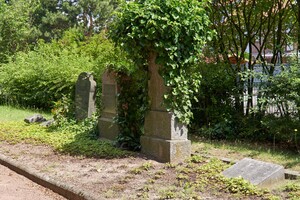

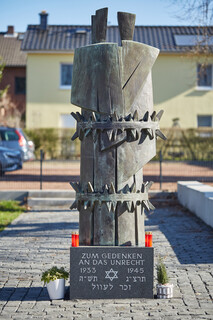
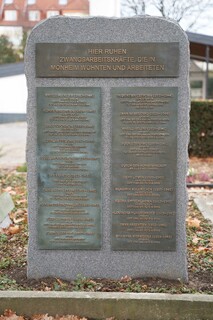
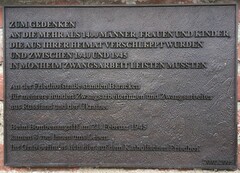
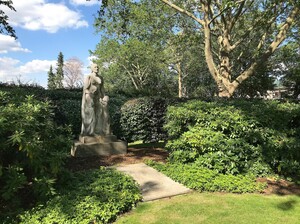
![[PDF]](https://www.monheim.de/typo3conf/ext/website_template/Resources/Public//Images/2016/icn_pdf.png)


